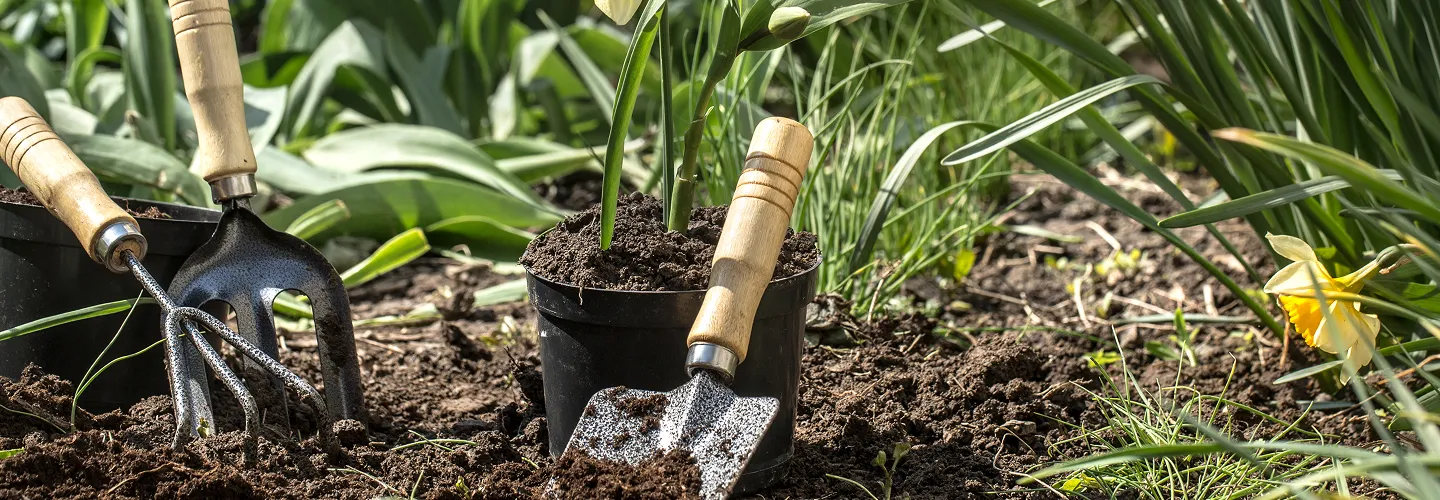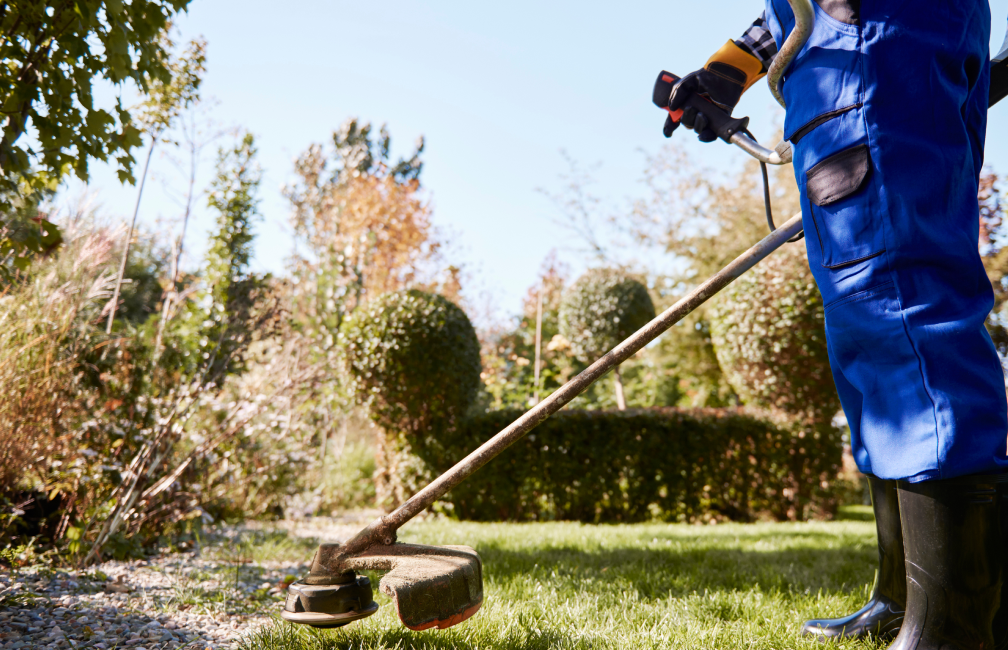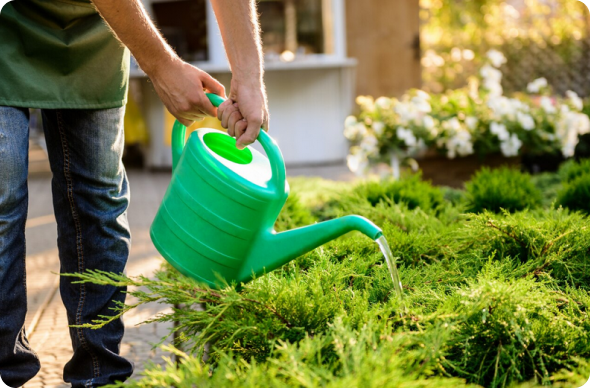
Watertown Lawn Mowing Services
Choose our lawn mowing service for reliable, professional care that keeps your yard looking its best all season long. We combine attention to detail with top-quality equipment to ensure your lawn is healthy, tidy, and the envy of the neighborhood.
Get a Free QuoteWhen to Schedule Lawn Mowing in Watertown, MA – Seasonal Guide
In Watertown, MA, the best times to schedule lawn mowing are closely tied to our unique New England climate and the specific needs of local neighborhoods like Coolidge Square, East Watertown, and the areas surrounding the Charles River. The mowing season typically begins in late April, after the last frost has passed, and continues through late October. Early spring mowing helps manage rapid grass growth spurred by warming temperatures and increased rainfall, while late-season mowing prepares your lawn for winter dormancy.
Local environmental factors play a significant role in determining the optimal mowing schedule. Watertown’s variable precipitation, occasional summer droughts, and the mix of shaded and sun-exposed yards—especially near Victory Field or along Mt. Auburn Street—mean that mowing frequency and timing should be adjusted throughout the season. Soil types in the area, ranging from sandy loam to denser clay, also affect grass health and growth rates. For more information on local regulations and seasonal updates, visit the official Watertown city website.
Local Factors to Consider for Lawn Mowing in Watertown
- Tree density and shade coverage, especially in older neighborhoods
- Terrain variations, including sloped or uneven yards
- Average precipitation and risk of summer drought
- Proximity to the Charles River and its impact on soil moisture
- Municipal restrictions or guidelines on mowing times
- Soil type and drainage characteristics
Benefits of Lawn Mowing in Watertown

Professional Lawn Care Experts
Consistent Scheduling
Enhanced Curb Appeal
Time-Saving Services
Eco-Friendly Practices
Reliable Local Support

Watertown Lawn Mowing Types
Residential Lawn Mowing
Commercial Lawn Mowing
Seasonal Lawn Maintenance
Precision Edging and Trimming
Large Property Mowing
Weekly Lawn Care Services
Eco-Friendly Lawn Mowing
Our Lawn Mowing Process
Site Evaluation
Lawn Preparation
Mowing Execution
Edging and Trimming
Cleanup
Why Choose Watertown Landscape Services

Watertown Homeowners Trust Us
Expert Lawn Maintenance
Competitive Pricing
Professional Team
Satisfaction Guarantee
Personalized Service
Reliable Scheduling
Understanding Watertown’s Lawn Care Regulations, Seasonal Rules, and Neighborhood Factors
Watertown, Massachusetts, is a dynamic city with neighborhoods like East Watertown, Bemis, and Coolidge Square, each offering unique landscaping needs and local traditions. Maintaining a healthy lawn in Watertown means following city guidelines for mowing, yard waste disposal, and environmental care. The Watertown Department of Public Works (DPW) manages trash, recycling, and yard waste programs. Residents can find schedules, regulations, and drop-off information on the Trash & Recycling and Yard Waste Collection pages.
Watertown Department of Public Works
124 Orchard Street, Watertown, MA 02472
(617) 972-6420
Permits, Fines, and Noise Rules for Lawn Mowing in Watertown
Many Watertown properties are adjacent to wetlands, brooks, or conservation land. Major landscaping, tree removal, or grading within 100 feet of protected areas requires review by the Watertown Conservation Commission. The Wetlands Protection page outlines buffer requirements, permits, and enforcement. Unpermitted activity may result in fines or restoration orders.
Noise from powered lawn equipment is governed by Watertown’s Ordinances, typically permitting operation between 7:00 am–7:00 pm on weekdays and 8:00 am–5:00 pm on weekends.
Watertown Conservation Commission
149 Main Street, Watertown, MA 02472
(617) 972-6426
Environmentally Friendly Lawn Care: Water Use, Fertilizer, and Stormwater Laws
Watertown’s Stormwater Management program protects the Charles River, Sawins Pond, and other local waterways. Residents should never dump yard waste, clippings, or chemicals into storm drains or wetlands. Composting and mulching are encouraged, and fertilizer application should be avoided within 25 feet of water bodies. The Yard Waste Collection page provides composting guidelines and drop-off locations.
Clipping Disposal, Composting, and Yard Waste Rules
Grass clippings, leaves, and brush are collected curbside during scheduled weeks or may be brought to drop-off locations listed on the Yard Waste Collection page. Only paper bags or open barrels are accepted for pickup—plastic bags are not allowed. Dumping debris in public spaces, drains, or conservation areas is prohibited and may result in fines.
Green Building, Zoning, and Preparing Lawns for Watertown’s Climate
Major landscaping or new lawn installations must comply with the Watertown Zoning Ordinance. Watertown’s urban soils—often loamy and well-drained—support drought-tolerant, deep-rooted grasses. Regular aeration, proper mowing, and rain gardens are encouraged to control runoff and protect local water resources.
Parks, Recreation, and Community Lawn Expertise
The Watertown Recreation Department manages parks, athletic fields, and community event spaces. Contractors and volunteers must follow city rules for mowing, fertilizer use, and debris removal on public property. Permits, program schedules, and event details are posted on the Recreation Department’s website.
Watertown Recreation Department
149 Main Street, Watertown, MA 02472
(617) 972-6494
Navigating Code Enforcement, Buffer Zones, and Violations
Watertown’s Code of Ordinances and Wetlands Protection rules are enforced for property, noise, and environmental standards. The Watertown GIS Maps portal can help residents check property boundaries and buffer zones. Unpermitted work or illegal dumping can result in fines or mandated restoration.
Choosing the Right Mowing Height for Watertown Lawns
For best results, Watertown lawn care professionals recommend mowing at 3–3.5 inches. This helps promote deep roots, conserve moisture, and maintain vibrant, healthy turf throughout the season.